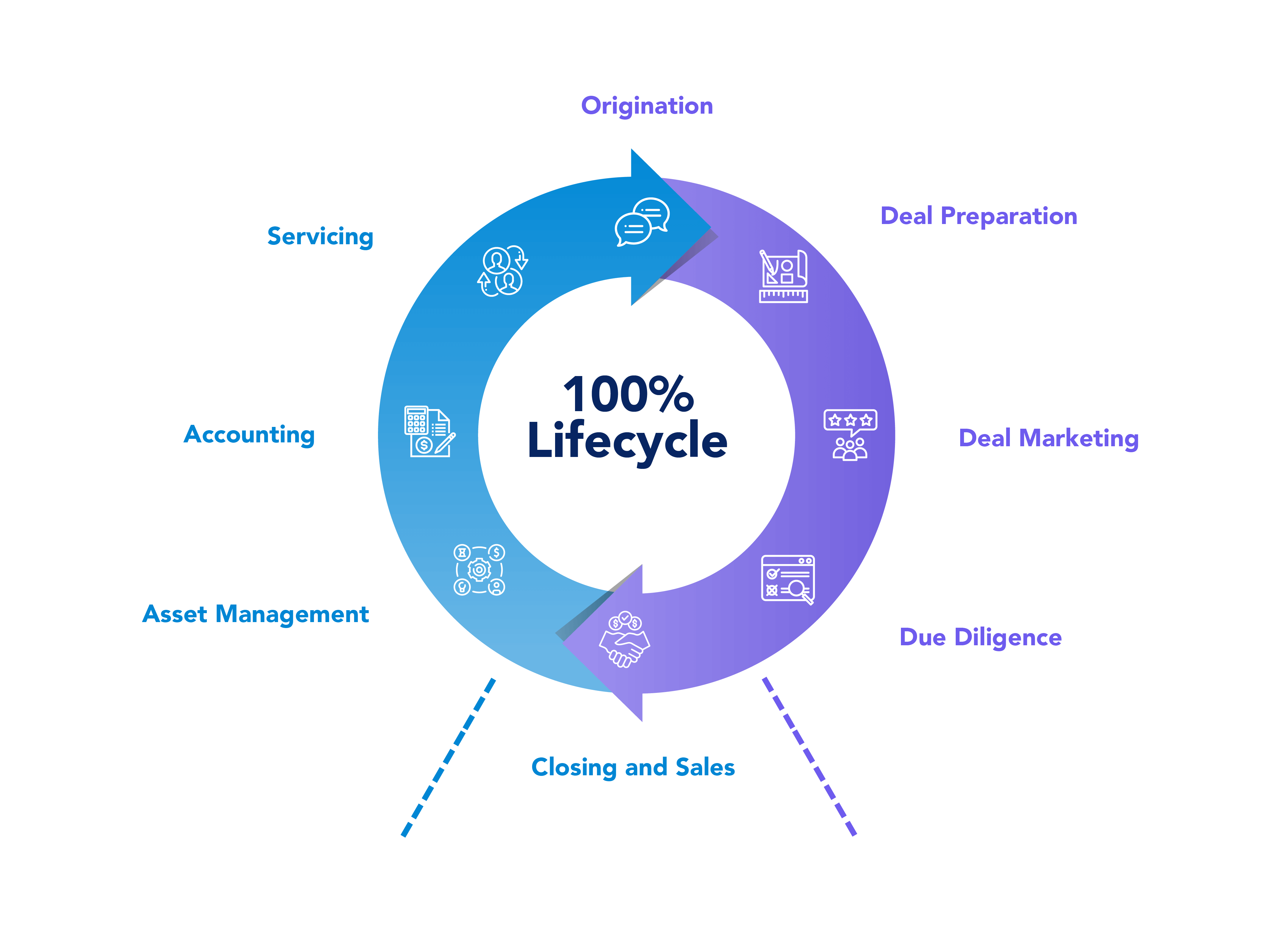Core Banking
The Core Banking Evolution
Evolution of Core Banking from the 1980s until now
Aug 29, 2023
In an alternate realm of our professional journey, we have passionately devoted a segment of our careers to the intricate study, advancement, and hands-on management of transformations, migrations, and enhancement projects rooted in the evolving landscapes of core banking systems.
Monolithic Core Banking Systems (1980s and 1990s): This era marked the rise of dominant, centralized CBS platforms, primarily operating on mainframe computers. While these architectures exhibited immense power, they needed more adaptability, often making navigation through business alterations or regulatory changes tedious.
Distributed Architectures (Late 1990s and 2000s): Propelled by the advent of networking technologies, there was a marked shift towards modular and distributed system designs, optimizing scalability and enabling service expansion.
Internet and Mobile Banking (2000s): The monumental stride of the Internet age facilitated the growth of online banking, compelling the foundational core systems to undergo significant evolution. It birthed the era of 24/7 online banking paradigms.
Service-Oriented Architectures (2010s): Service-Oriented Architectures, or SOA, gained momentum, allowing banks to unveil distinct functionalities of their CBS as different services, fostering seamless tech integrations.
Open Banking and APIs (Late 2010s): Regulatory mandates in various regions and market requirements catalyzed banks into providing more transparent and accessible offerings. This transition was marked by the proliferation of open APIs, enabling developers to architect applications harmonizing with CBS.
Cloud and SaaS (2010s and 2020s): A paradigm shift was observed as several banks began transitioning their CBS to cloud frameworks, reaping the benefits of scalability, agility, and economic efficiencies. Concurrently, the Software-as-a-Service model rose in prominence within CBS realms.
Microservices and Containerization (2020s): Banks embraced microservices in their pursuit of agility. This structure fragmented the CBS into autonomous, manageable units, with containerization tools like Docker and Kubernetes amplifying this transformation.
Digital and Neo Banks (2020s): The banking arena witnessed the emergence of new-age banks, operating devoid of physical branches. Their core banking infrastructures were conceived with a digital-first mindset, often outpacing the agility of conventional banks.
Integration with Emerging Tech (2020s): Today, CBS has begun melding with avant-garde technologies such as AI, blockchain, and intricate analytics. This integration aims to refine services, fortify security, and bolster operational efficiency.




